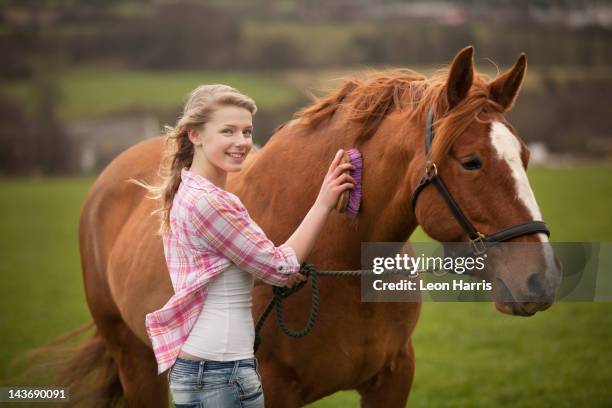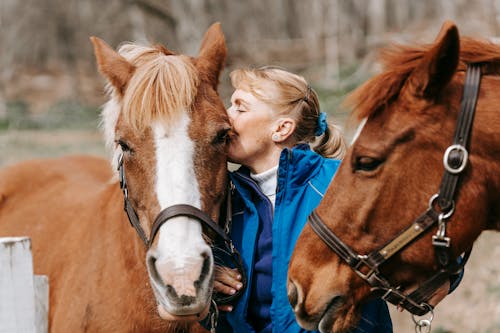Teaching Young Horses to Enjoy Grooming: A Comprehensive Guide

Grooming is an essential part of horse care that promotes health, cleanliness, and bonding between horse and handler. Teaching young horses to enjoy grooming not only makes the process easier but also helps build trust and a positive relationship. This article explores effective techniques, benefits, and tips for introducing grooming to young horses.
Why Grooming is Important for Young Horses
| Benefit | Description |
|---|
| Health Maintenance | Removes dirt, sweat, and parasites, promoting skin health and coat shine.
| Bonding Opportunity | Builds trust and strengthens the horse-handler relationship.
| Early Training | Helps young horses get accustomed to human touch and handling.
Grooming is more than just cleaning; it’s a vital part of a horse’s daily routine that supports their physical and emotional well-being.
Step-by-Step Guide to Teaching Grooming
1. Create a Calm Environment
- Choose a quiet, safe area free from distractions.
- Approach the horse calmly and confidently.
2. Introduce Grooming Tools Gradually
- Show the brushes and let the horse sniff and investigate.
- Start with soft brushes to avoid startling the horse.
3. Start with Gentle Touch
- Begin by stroking the horse gently on familiar areas like the neck.
- Observe the horse’s reactions and adjust pressure accordingly.
4. Use Positive Reinforcement
- Reward the horse with treats or soothing words when it remains calm.
- Consistency helps the horse associate grooming with positive experiences.
5. Gradually Increase Grooming Time
- Slowly extend the duration and areas groomed as the horse becomes more comfortable.
Tips for Success
- Be patient and consistent; every horse learns at its own pace.
- Avoid sudden movements or loud noises that may scare the horse.
- Use a soft voice to reassure the horse throughout the process.
- Regular grooming sessions help reinforce good behavior.
Common Challenges and Solutions
| Challenge | Solution |
|---|
| Horse is nervous or fidgety| Use calming techniques like deep breathing and gentle strokes.
| Dislikes certain brushes | Try different types of brushes or grooming mitts.
| Avoids being touched | Spend more time on desensitization exercises.
Frequently Asked Questions (FAQ)
Q1: How often should I groom my young horse?
A: Ideally, groom your young horse daily or at least several times a week to build familiarity and maintain cleanliness.
Q2: What if my horse resists grooming?
A: Be patient and try to identify the cause of resistance. Use gentle, gradual introduction and positive reinforcement.
Q3: Can grooming help with behavioral issues?
A: Yes, grooming can calm anxious horses and improve their responsiveness to handling.
Conclusion
Teaching young horses to enjoy grooming is a rewarding process that enhances their health and your relationship. With patience, consistency, and positive reinforcement, grooming can become a pleasant routine for both horse and handler.
By following these guidelines, you can ensure your young horse looks forward to grooming sessions, making care easier and more enjoyable for everyone involved.
